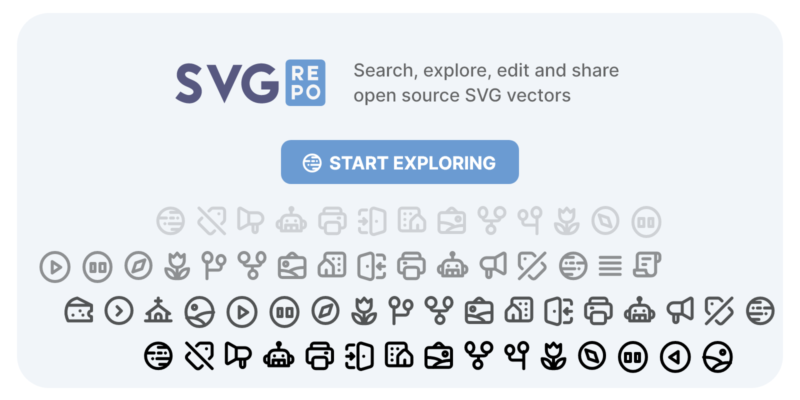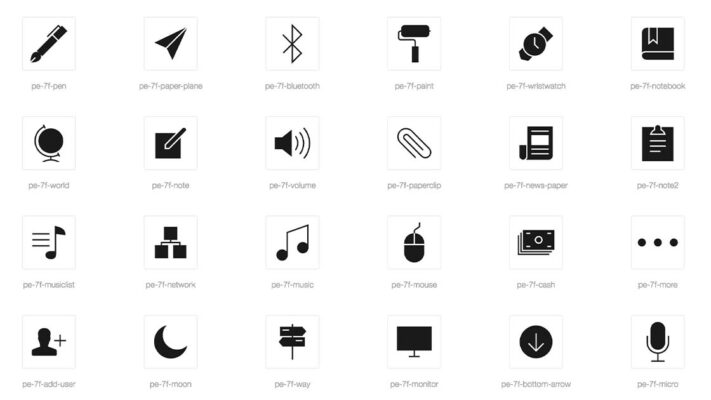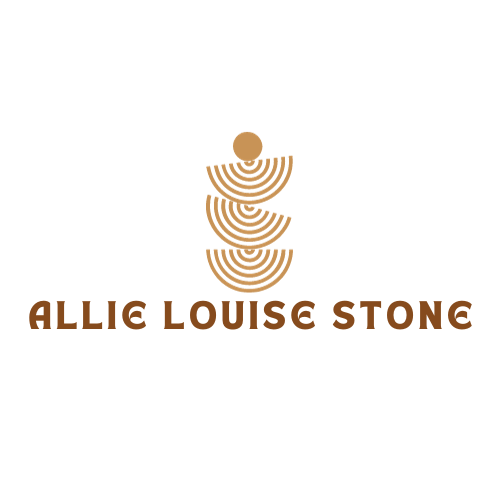In the dynamic landscape of web design, Scalable Vector Graphics (SVG) icons have become integral components, shaping the visual language of digital interfaces. This comprehensive exploration seeks to unveil the intricacies of SVG icons, offering a deep dive into their definition, unique characteristics, advantages, and the diverse applications that make them a fundamental element in modern web development.
Contents
- 1 Defining SVG Icons: A Brief Overview
- 2 Key Characteristics of SVG Icons
- 3 Scalability: The Core Advantage of SVG Icons
- 4 XML-Based Structure: The Blueprint of SVG Icons
- 5 Interactivity and Animation: Breathing Life into Icons
- 6 Accessibility: Universality in SVG Icons
- 7 Cross-Browser Compatibility: A Consistent Visual Experience
- 8 Responsive Design: Adapting Seamlessly to Varied Screens
- 9 SEO Benefits: Enhancing Discoverability
Defining SVG Icons: A Brief Overview
SVG icons, standing for Scalable Vector Graphics icons, represent a category of graphics specifically designed for digital interfaces. What sets them apart is their vector-based nature, allowing them to be scaled infinitely without sacrificing quality. These icons are instrumental in conveying meaning, enhancing user experience, and contributing to the overall aesthetics of websites and applications.

Key Characteristics of SVG Icons
The allure of SVG icons lies in their distinctive characteristics. Firstly, they are resolution-independent, ensuring that they maintain sharpness and clarity regardless of the display size. Secondly, SVG icons are defined using XML (Extensible Markup Language), providing a structured format that enhances readability and allows for easy customization. Thirdly, they support a range of visual effects, including gradients and animations, offering designers the freedom to create dynamic and engaging interfaces that captivate users.
Scalability: The Core Advantage of SVG Icons
The cornerstone feature of SVG icons is their inherent scalability. Unlike raster-based images, SVG icons can be resized without losing precision or introducing pixelation. This adaptability is particularly advantageous in the realm of responsive design, enabling seamless integration across a spectrum of devices with varying screen sizes and resolutions. Whether viewed on a large desktop monitor or a compact mobile screen, SVG icons maintain a consistent and visually appealing appearance.
XML-Based Structure: The Blueprint of SVG Icons
SVG icons leverage XML as the foundation of their structure. Each component within an SVG icon, whether it be a shape, path, or color, is meticulously defined using XML tags. This structured format not only enhances the legibility of the code but also facilitates straightforward customization. The ability to manipulate the XML code directly grants designers flexibility, contributing to the adaptability and versatility of SVG icons in various design contexts.

Interactivity and Animation: Breathing Life into Icons
SVG icons transcend static imagery, offering robust support for interactivity and animation. Through the integration of CSS (Cascading Style Sheets) and JavaScript, designers can inject dynamic behaviors into SVG icons, creating engaging and responsive user interfaces. This dynamic capability empowers designers to craft interfaces that respond intuitively to user interactions, elevating the overall user experience.
Accessibility: Universality in SVG Icons
An essential facet of SVG icons is their inherent accessibility. As vector-based graphics, SVG icons are easily scalable without sacrificing legibility, ensuring a positive experience for users with visual impairments. The text elements within SVG icons are compatible with screen readers, contributing to a more inclusive and universally accessible digital environment.

Cross-Browser Compatibility: A Consistent Visual Experience
SVG icons boast broad compatibility across modern web browsers, ensuring consistent rendering across diverse platforms. Whether displayed on Chrome, Firefox, Safari, or Edge, SVG icons maintain their visual integrity. This cross-browser consistency minimizes the challenges associated with disparate rendering, providing designers with confidence in the reliability of SVG icons across various browser environments.

Responsive Design: Adapting Seamlessly to Varied Screens
The responsive nature of SVG icons aligns seamlessly with the principles of responsive design. In an era dominated by diverse devices and screen sizes, SVG icons adapt effortlessly to varying display dimensions. This responsiveness guarantees a cohesive and visually pleasing experience, irrespective of whether users access a website or application on a desktop computer, tablet, or smartphone.
SEO Benefits: Enhancing Discoverability
SVG icons contribute significantly to effective search engine optimization (SEO) strategies. Search engines can crawl and interpret the content within SVG icons, thereby enhancing the discoverability of visual elements on the web. This SEO-friendly characteristic positions SVG icons as valuable assets for content creators looking to improve online visibility and accessibility.
SVG icons stand at the forefront of modern web design, offering unparalleled versatility and impact. Their scalability, XML-based structure, interactivity, and accessibility make them indispensable tools for designers striving to create visually stunning and user-centric interfaces. As technology advances, SVG icons continue to be pivotal in shaping the visual landscape of the digital world.
